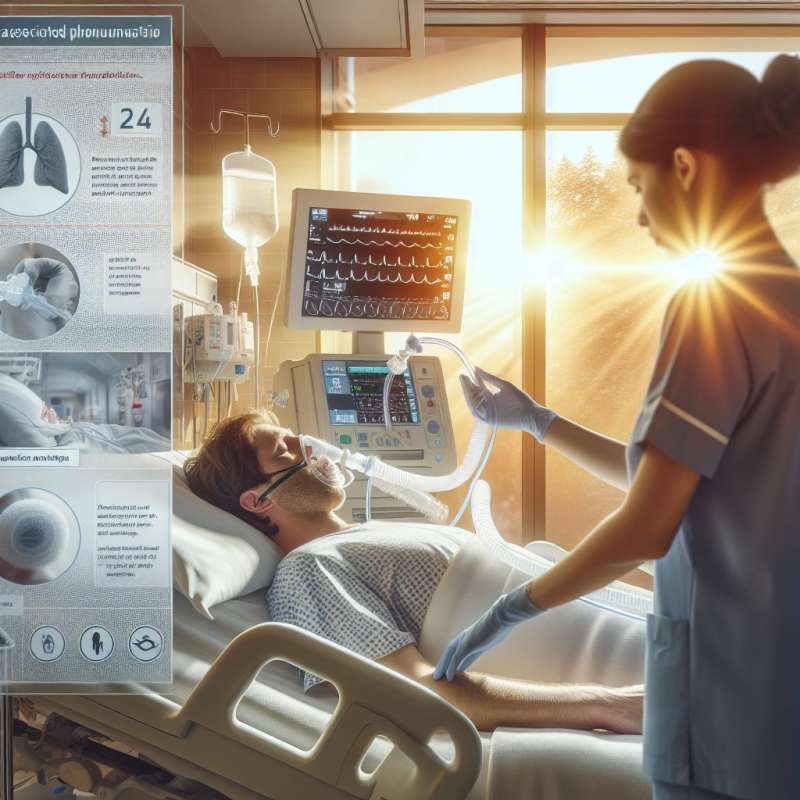
Mechanical Ventilation Essentials
Mechanical ventilation supports breathing when the lungs are failing. It involves intubation and a machine known as a ventilator, or respirator, that does the work of breathing for the patient.
Invasive vs. Non-Invasive
Invasive ventilation requires an endotracheal tube, while non-invasive methods use face or nasal masks. Non-invasive ventilation is less risky but not suitable for all patients, especially those unable to breathe independently.
Ventilation Modes Explained
Modes like Volume Control and Pressure Control differ in how they deliver air. Volume Control ensures a set volume per breath, while Pressure Control maintains a specific pressure, with varying volume.
Understanding PEEP
Positive End-Expiratory Pressure (PEEP) prevents lung collapse by maintaining pressure in the airways after exhalation. It's crucial for patients with acute respiratory distress syndrome (ARDS) to keep their alveoli open.
The Weaning Process
Weaning off a ventilator requires gradual reduction of support. A spontaneous breathing trial (SBT) assesses readiness, minimizing the risk of ventilator-associated lung injuries and improving recovery chances.
Ventilator-Associated Pneumonia
Ventilator-Associated Pneumonia (VAP) is a significant risk with mechanical ventilation, resulting from bacteria entering the lungs through the breathing tube. It's a leading cause of hospital-acquired infections in ICUs.
Future Ventilation Innovations
Recent advancements aim to personalize ventilation, with smart ventilators that adjust to patient's needs in real-time, potentially lowering the time on mechanical support and improving patient outcomes.
What does mechanical ventilation do?
Supports the heart.
Supports patient breathing.
Monitors brain activity.
Company